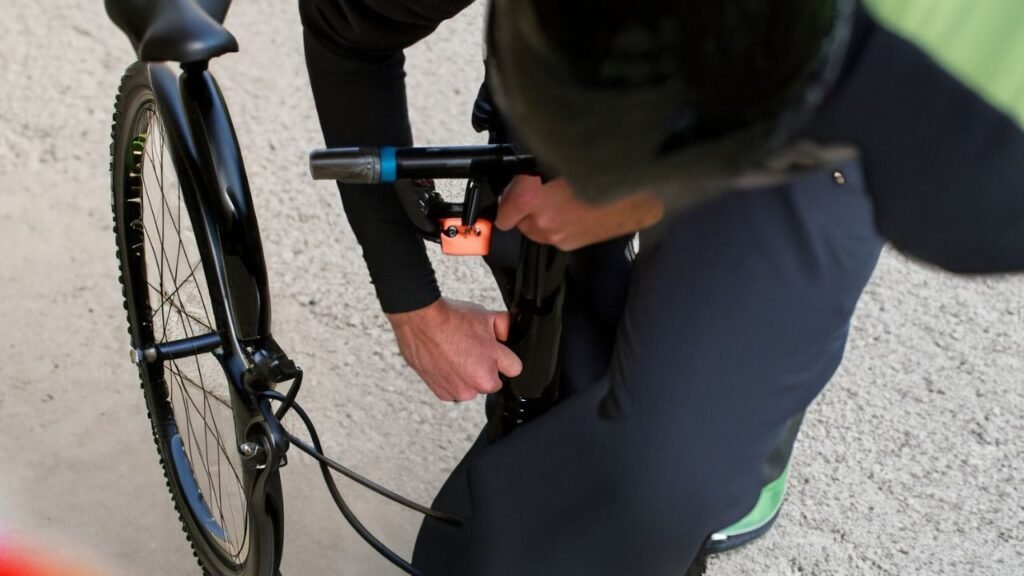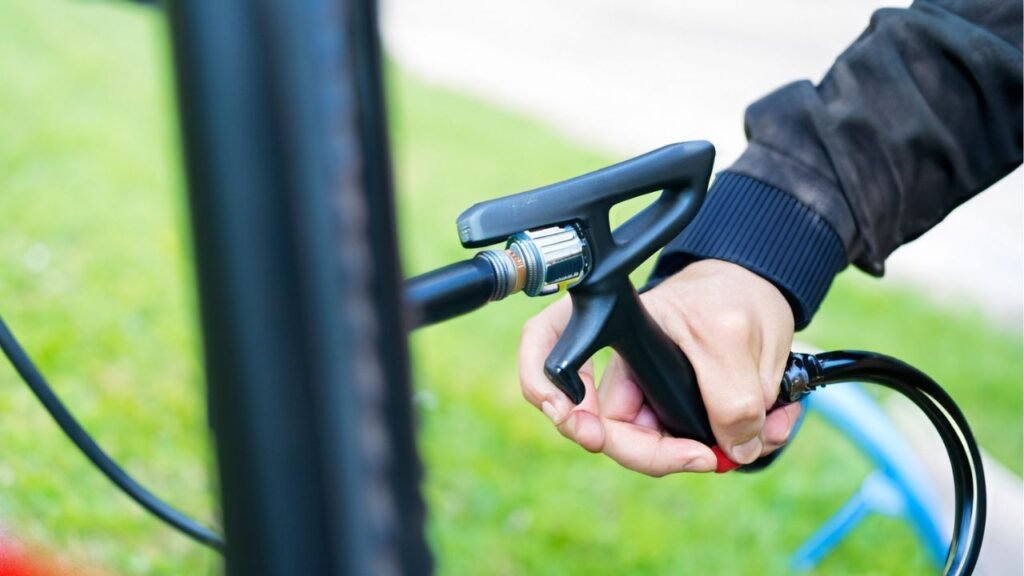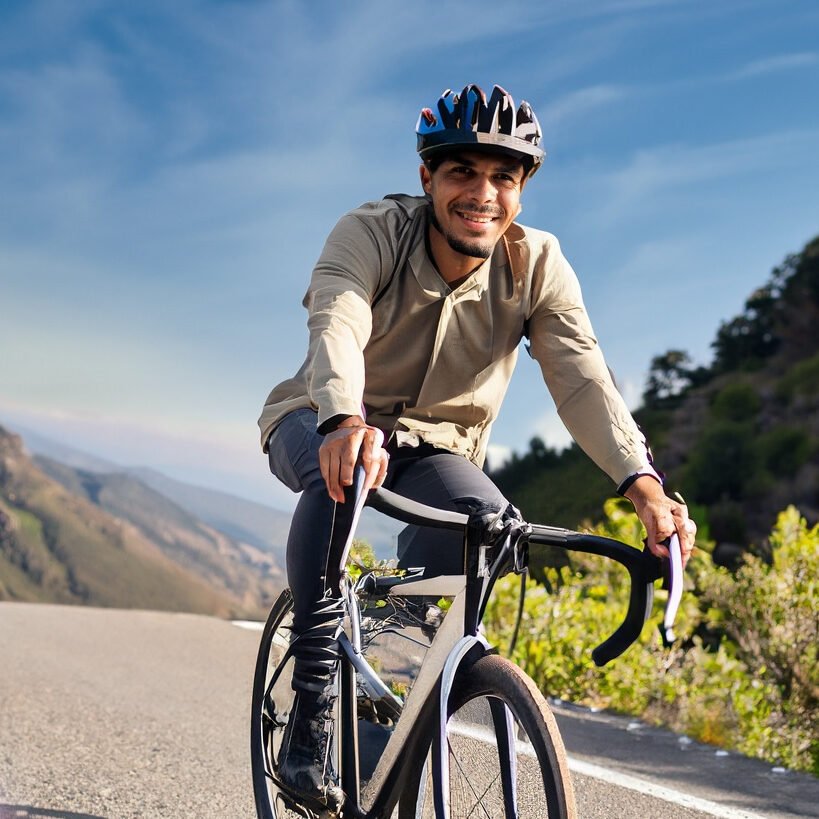It is important to take care of your lovely bike to keep it working & last longer. One essential tool every cyclist should have is a bike pump. Whether you’re an experienced ridder or relexed rider, understanding how do bike pumps work is crucial to retaining your tires inflated and making sure a snug and safe experience wom. In this article we will dive into the problems of a bike pump and explain the whole thing you need to understand about the way it works. This full guide to the forms of bike pumps to be had, their components,

Table of Contents
How Do Bike Pumps Work: Understanding the Pump Basics
What is the Purpose of a Bike Pump?
A bike pump is a device used to inflate bicycle tires with the appropriate amount of air pressure. Properly inflated tires no longer handiest enhance your cycling enjoy but also affect your bike’s maneuverability, rolling resistance, and overall safety.
Types Pumps Of Bike
There are numerous varieties of bike pumps available, every with its advantages and programs.The common types include:
- Floor Pump
- Mini Pump
- CO2 Inflators
Components of a Bike Pump
To understand how cycle pumps work, it’s far critical to familiarize yourself with their numerous additives. The main parts of a bike pump include:
- Barrel
- Piston
- Handle
- Hose
- Valve Head

How Do Bike Pumps Work?
Working Principle of a Bike Pump
The basic working principle of a bike pump involves creating a pressure differential to inflate the tire. As you push the handle or piston down, air from the pump is forced into the tire, increasing its internal pressure and volumetric capacity.
The Pumping Process
When you connect a bike pump to a tire valve, the pump’s barrel houses a piston that moves up and down. As you exert force on the handle, the piston is driven downward, compressing the air within the barrel. This compressed air then flows through the hose and into the tire valve, eventually filling the tire.
Valve Compatibility
It is important to note that different types of tire valves require different pump heads for effective inflation. The most common valve types are:

Also Read: How to Turn On Bike Lights: The Steps Guide for Safe Cycling
Tips for Usage Of Effective Pump
Proper Positioning
To ensure optimal pumping efficiency and prevent air leaks, it is crucial to position the pump head correctly onto the valve. This involves aligning the pump head with the valve stem and securing it firmly in place to create an airtight seal.
Applying the Right Force
Exerting the right amount of force while pumping is essential. It is recommended to use smooth, controlled strokes instead of rapid or forceful actions. This ensures that air is gradually and evenly transferred to the tire, reducing the risk of damage or over-inflation.
Checking Tire Pressure
It is crucial to regularly check your tire pressure the use of a stress gauge. This permits you to maintain the ideal air pressure advocated via the producer, improving your ridding enjoy and decreasing the threat of punctures or blowouts.
FAQs: About How Do Bike Pumps Work
Q: Can I use a car tire pump for my bicycle?
A: No, car tire pumps are not suitable for inflating bicycle tires as the pressure requirements and valve types differ. It is recommended to use a dedicated bike pump to ensure proper inflation.
Q: How do you know the perfect tire pressure for your bike?
A: The endorsed tire strain in your bike can generally be discovered at the sidewall of the tire or within the accompanying documentation furnished by the manufacturer. It is crucial to take a look at the ones recommendations to keep away from underinflation or overinflation.
Q: Can I inflate my bicycle tire without a pump?
A: While it is technically possible to inflate a bicycle tire using alternative methods such as CO2 cartridges or manual air compressors, these methods may not provide accurate pressure control. Using a dedicated bike pump is highly recommended for optimal results.
Q: How often should i check my bike tire pressure?
A: Regularly checking your tire stress is critical for ensuring a secure and comfortable journey. It is usually recommended to test your tire strain earlier than each experience or as a minimum once per week in case you use your cycle regularly.
Q: Are electric bike pumps better than manual pumps?
A: Electric bike pumps provide handy and convenient inflation, making them a popular preference. However, manual pumps are often more reliable, portable, and versatile. The desire among electric powered and manual pumps depends on personal choices and particular requirements.
Conclusion:
You understanding how your bike pumps paintings is important for every bike owner. By know-how the basics, unique styles of pumps, and proper utilization strategies, you could ensure the best overall performance and protection of your bike. Remember to choose the right pump, follow correct inflation procedures, and regularly monitor tire pressure to enjoy a smooth and hassle-free riding experience.
With this understanding, you’re empowered to keep your tires nicely inflated, equipped to conquer any avenue or trail that lies in advance.

